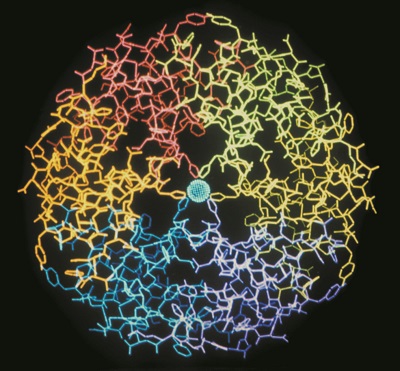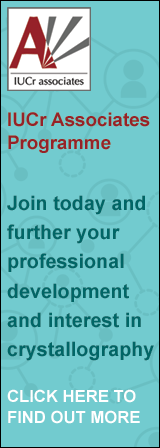Protein crystallography and drug discovery: recollections of knowledge exchange between academia and industry
 In this review IUCrJ. (2017), 4, 308-321 on the
occasion of the award of the 2017 Ewald Prize by the IUCr, I present a personal
view of the relationship between academia and industry in the development of
structure-guided drug discovery. It is a story of using protein crystallography
to make new medicines, but also one of knowledge exchange in emerging research
ecosystems. It emphasizes the importance of original ideas from all parts of
the ecosystem and provides a strong argument against the so-called `linear
model', where ideas flow only in one direction from academic institutions to
industry. It involves not only those who are academics and entrepreneurs but
also those who see the importance of science in society. It begins with a
discussion of the contributions of J. D. Bernal, Dorothy Crowfoot Hodgkin and
Max Perutz, who worked on crystalline proteins in the 1930s but who recognized
the importance to medicine and biology of understanding protein structure, as
well as the potential social and economic impact of science. These three
amazing people influenced us all not only in our science but in our
understanding of its social function. The story records the development of
structure-guided drug discovery from the personal view of the author with a
focus on new chemical entities rather than biologics, but reflects parallel developments
in thinking about the design of new medicines that occurred in academia and in
industry in many places throughout the developing and developed world.
In this review IUCrJ. (2017), 4, 308-321 on the
occasion of the award of the 2017 Ewald Prize by the IUCr, I present a personal
view of the relationship between academia and industry in the development of
structure-guided drug discovery. It is a story of using protein crystallography
to make new medicines, but also one of knowledge exchange in emerging research
ecosystems. It emphasizes the importance of original ideas from all parts of
the ecosystem and provides a strong argument against the so-called `linear
model', where ideas flow only in one direction from academic institutions to
industry. It involves not only those who are academics and entrepreneurs but
also those who see the importance of science in society. It begins with a
discussion of the contributions of J. D. Bernal, Dorothy Crowfoot Hodgkin and
Max Perutz, who worked on crystalline proteins in the 1930s but who recognized
the importance to medicine and biology of understanding protein structure, as
well as the potential social and economic impact of science. These three
amazing people influenced us all not only in our science but in our
understanding of its social function. The story records the development of
structure-guided drug discovery from the personal view of the author with a
focus on new chemical entities rather than biologics, but reflects parallel developments
in thinking about the design of new medicines that occurred in academia and in
industry in many places throughout the developing and developed world.
Department of Biochemistry, University of Cambridge, UK


